Home>Furniture & Design>Outdoor Furniture>How To Cool Outdoor Shed
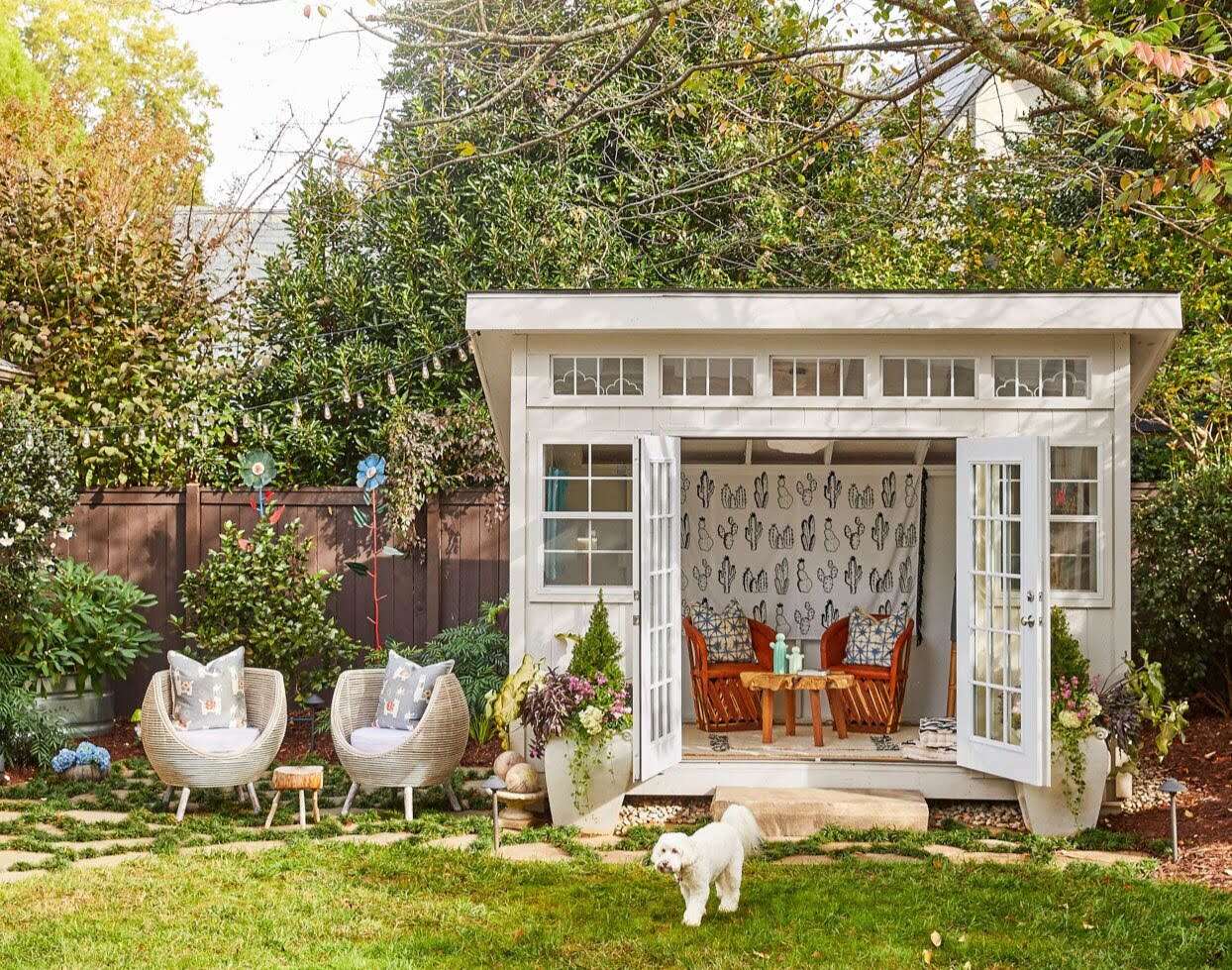

Outdoor Furniture
How To Cool Outdoor Shed
Modified: August 16, 2024
Learn how to effectively cool your outdoor shed and protect your outdoor furniture, furniture, and design from heat and humidity. Discover the best cooling solutions for your shed today!
(Many of the links in this article redirect to a specific reviewed product. Your purchase of these products through affiliate links helps to generate commission for Storables.com, at no extra cost. Learn more)
Introduction
So, you have an outdoor shed that you love to spend time in, whether for storage, as a workshop, or a cozy retreat. However, when the sun starts beating down, it can feel like an oven in there. Don't worry; there are several effective ways to keep your shed cool and comfortable, even on the hottest days. In this article, we'll explore various strategies to help you beat the heat and create a pleasant environment in your outdoor shed.
Whether you're using your shed as a workspace, a hobby room, or simply for storage, maintaining a comfortable temperature is essential. Excessive heat can not only make the shed unbearable to spend time in but can also damage items stored inside. By implementing the right cooling solutions, you can ensure that your shed remains a functional and enjoyable space throughout the year.
Let's dive into the different methods for cooling your outdoor shed, from insulation and ventilation to the use of fans and air conditioning. We'll also explore the role of shade and landscaping in minimizing heat buildup. By the end of this article, you'll have a comprehensive understanding of how to create a cool and inviting environment in your outdoor shed, allowing you to make the most of this valuable space regardless of the weather outside.
Key Takeaways:
- Keep your outdoor shed cool by insulating, ventilating, and using fans or air conditioning. Strategic landscaping and shade-providing elements also help maintain a comfortable temperature.
- Assess your shed’s cooling needs based on size, insulation, sun exposure, and activities. Tailor cooling solutions to create a pleasant environment year-round.
Read more: How To Secure An Outdoor Shed
Assessing the Shed’s Cooling Needs
Before implementing any cooling solutions, it’s crucial to assess the specific cooling needs of your outdoor shed. Factors such as the shed’s size, insulation, sun exposure, and the activities conducted inside can all influence the cooling requirements. Start by considering the following aspects to determine the most effective cooling strategies:
- Shed Size: The size of your shed directly impacts the cooling needs. Larger sheds may require more powerful cooling solutions to maintain a comfortable temperature, while smaller sheds may be adequately cooled with simpler methods.
- Insulation: Assess the current insulation in your shed. Proper insulation can significantly reduce heat transfer, helping to keep the interior cool. If your shed is not adequately insulated, addressing this issue should be a priority.
- Sun Exposure: Take note of how much direct sunlight your shed receives throughout the day. Sun exposure can substantially contribute to heat buildup inside the shed, especially during the peak hours of sunlight.
- Activities Conducted Inside: Consider the activities that typically take place in the shed. For example, if you use it as a workshop where power tools are operated, you may need to ensure effective ventilation to maintain air quality and reduce heat generated by the equipment.
By carefully evaluating these factors, you can gain a clearer understanding of your shed’s specific cooling needs. This knowledge will guide you in selecting the most suitable cooling solutions to create a comfortable and functional environment within the shed.
Insulating the Shed
Proper insulation is fundamental to maintaining a consistently cool temperature within your outdoor shed. Insulation helps to minimize heat transfer, keeping the interior cooler in the summer and warmer in the winter. Here are some effective methods for insulating your shed:
- Insulation Materials: Consider using insulation materials such as fiberglass, foam board, or spray foam. These materials are excellent at reducing heat conduction and can be installed in the walls, ceiling, and floor of the shed.
- Sealing Cracks and Gaps: Inspect the shed for any cracks, gaps, or openings that may allow heat to enter. Seal these areas using caulk, weather-stripping, or expanding foam to prevent unwanted heat transfer.
- Reflective Insulation: Utilize reflective insulation, such as radiant barrier foil, to minimize radiant heat gain. This type of insulation reflects the sun’s radiant energy, helping to keep the interior of the shed cooler.
- Ventilation Considerations: When insulating the shed, ensure that ventilation is not compromised. Proper ventilation is essential for air circulation and preventing the buildup of heat and humidity.
By effectively insulating your shed, you can create a thermal barrier that reduces the impact of external temperatures, resulting in a more comfortable and stable environment inside the shed. Insulation not only contributes to cooling but also provides energy efficiency, making it a valuable investment for the long-term comfort of your outdoor space.
Ventilating the Shed
Proper ventilation is essential for maintaining a comfortable and healthy environment inside your outdoor shed. Effective ventilation helps to remove excess heat, humidity, and air pollutants, ensuring that the interior remains cool and fresh. Here are some key strategies for ventilating your shed:
- Windows and Vents: Install windows and vents in strategic locations to facilitate natural airflow. Cross-ventilation, achieved by placing windows or vents on opposite sides of the shed, can promote air circulation and heat dissipation.
- Ridge Vents and Soffit Vents: Consider incorporating ridge vents along the peak of the roof and soffit vents under the eaves. This configuration allows warm air to escape through the ridge vents while drawing in cooler air through the soffit vents, creating a continuous flow of fresh air.
- Solar-Powered Ventilation Fans: Solar-powered ventilation fans are an energy-efficient option for enhancing airflow within the shed. These fans harness solar energy to expel hot air, helping to regulate the temperature without relying on grid electricity.
- Operable Skylights: If your shed has a roof, consider adding operable skylights that can be opened to release trapped heat. Skylights also allow natural light to enter the shed, reducing the need for artificial lighting during the day.
By implementing effective ventilation measures, you can prevent the buildup of heat and humidity within the shed, creating a more pleasant and breathable space. Proper ventilation not only contributes to cooling but also plays a crucial role in preserving the structural integrity of the shed and the items stored inside.
Consider adding insulation to the walls and ceiling of your outdoor shed to help regulate the temperature. You can also install a vent or fan to improve air circulation and reduce heat buildup.
Using Fans and Air Conditioning
When natural ventilation alone is insufficient to maintain a comfortable temperature in your outdoor shed, the use of fans and air conditioning can provide effective cooling solutions. These methods help to circulate air, reduce humidity, and lower the overall temperature within the shed. Here’s how you can utilize fans and air conditioning to keep your shed cool:
- Ceiling Fans: Install a ceiling fan to promote air movement and create a gentle breeze within the shed. Ceiling fans are particularly effective in larger sheds and can be operated at various speeds to suit your comfort preferences.
- Portable Fans: Utilize portable fans, such as box fans or oscillating fans, to enhance air circulation and provide targeted cooling in specific areas of the shed. These fans are versatile and can be repositioned as needed.
- Air Conditioning Units: Consider installing a window air conditioning unit or a ductless mini-split system to provide precise and powerful cooling when natural ventilation and fans are insufficient. Air conditioning units are especially beneficial for maintaining a consistently cool temperature during hot summer days.
- Energy-Efficient Options: Opt for energy-efficient fans and air conditioning units to minimize electricity consumption while effectively cooling the shed. Look for products with high Energy Star ratings for optimal efficiency.
By incorporating fans and air conditioning, you can create a more controlled and comfortable environment within your shed, ensuring that it remains a functional and enjoyable space regardless of external temperatures. These cooling methods offer flexibility and can be tailored to your specific cooling needs, allowing you to customize the shed’s climate to suit your preferences.
Read more: How To Paint An Outdoor Shed
Shade and Landscaping
Strategic landscaping and the implementation of shade-providing elements can significantly contribute to reducing heat buildup around your outdoor shed, thereby enhancing its overall cooling efficiency. By leveraging natural shade and optimizing the surrounding environment, you can create a more temperate and comfortable space. Here are some effective approaches to incorporate shade and landscaping around your shed:
- Planting Trees: Consider planting trees near the shed to provide natural shade and reduce direct sunlight exposure. Deciduous trees, which shed their leaves in the fall, can offer shade during the summer while allowing sunlight to penetrate during the winter.
- Shade Sails or Canopies: Install shade sails or canopies above the shed’s exterior to create a shaded area that shields the structure from direct sunlight. These versatile shade solutions can be adjusted to provide optimal coverage throughout the day.
- Vegetative Screens: Create natural barriers using dense vegetation, such as shrubs or climbing plants, to block direct sunlight and create a cooler microclimate around the shed. These screens also enhance the aesthetic appeal of the outdoor space.
- Hardscaping Elements: Integrate hardscaping features, such as pergolas or lattice structures, to provide partial shade and architectural interest around the shed. These elements can be adorned with climbing plants to further enhance shading and visual appeal.
By leveraging shade-providing landscaping elements, you can mitigate the impact of direct sunlight on the shed, reducing heat absorption and maintaining a more comfortable temperature within the space. Additionally, the incorporation of natural shade and greenery enhances the aesthetic and functional aspects of your outdoor environment, creating a harmonious and inviting setting for your shed.
Conclusion
Creating a cool and inviting environment in your outdoor shed is achievable through a combination of thoughtful strategies aimed at minimizing heat buildup and optimizing comfort. By assessing the shed’s cooling needs, insulating the structure, implementing effective ventilation, and utilizing fans and air conditioning as necessary, you can significantly enhance the shed’s livability, making it a versatile and enjoyable space year-round.
Strategic landscaping and the incorporation of shade-providing elements further contribute to the shed’s overall cooling efficiency, allowing you to harness the benefits of natural shade and environmental optimization. By leveraging these approaches, you can create a more temperate and comfortable environment within and around the shed, enhancing its functionality and visual appeal.
Whether you use your shed for work, hobbies, or relaxation, maintaining a cool and comfortable atmosphere is essential for maximizing its utility and enjoyment. By implementing the cooling strategies outlined in this article, you can transform your outdoor shed into a welcoming retreat, free from the oppressive heat of the sun.
Remember, the key to effective shed cooling lies in a holistic approach that combines insulation, ventilation, shade, and supplementary cooling methods as needed. By tailoring these strategies to suit your shed’s specific requirements, you can create an oasis of comfort that enhances your overall outdoor living experience.
With the right cooling solutions in place, your outdoor shed can become a haven of productivity, creativity, or relaxation, offering respite from the heat while providing a space that aligns with your lifestyle and passions.
Frequently Asked Questions about How To Cool Outdoor Shed
Was this page helpful?
At Storables.com, we guarantee accurate and reliable information. Our content, validated by Expert Board Contributors, is crafted following stringent Editorial Policies. We're committed to providing you with well-researched, expert-backed insights for all your informational needs.
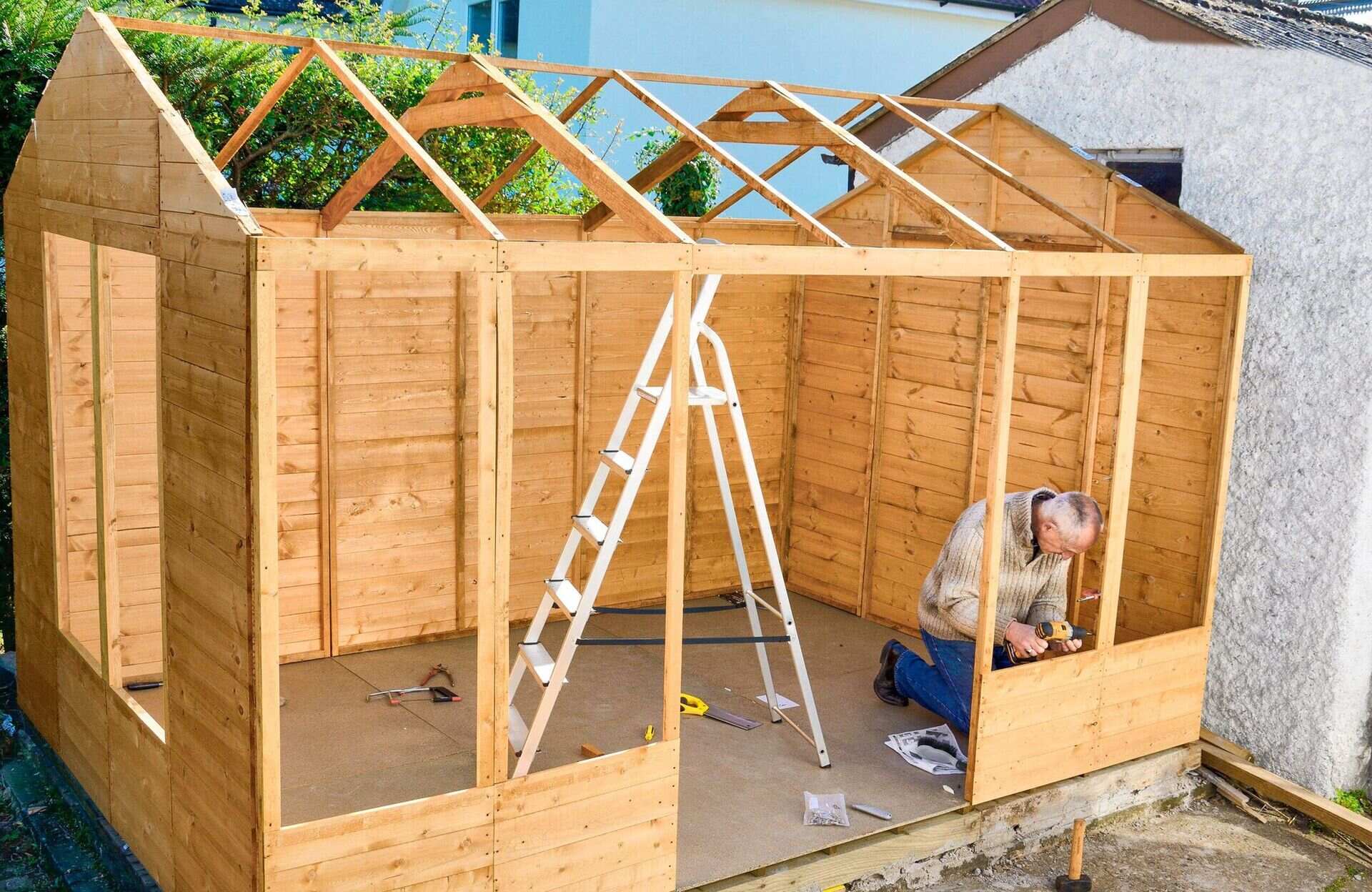
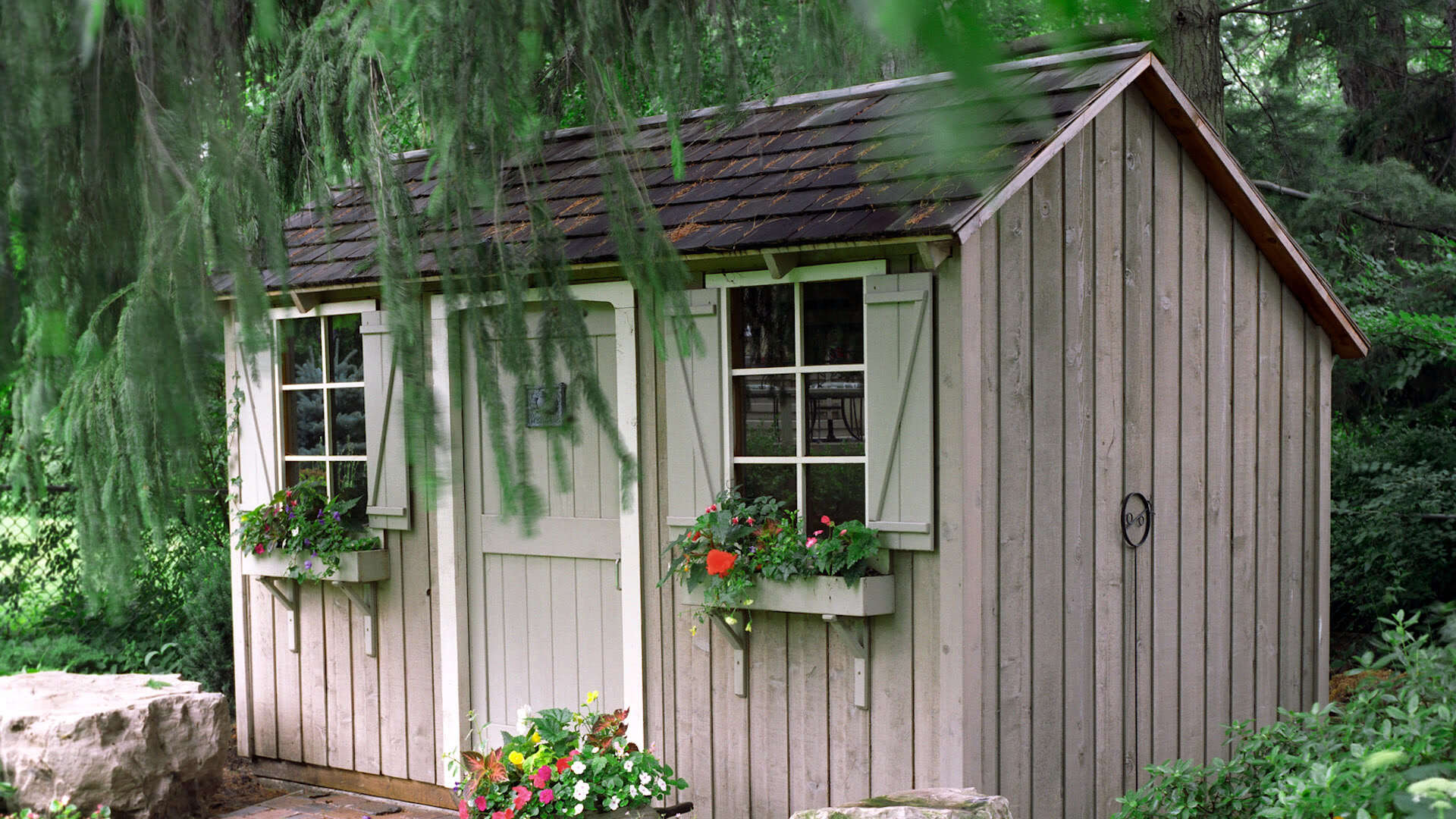
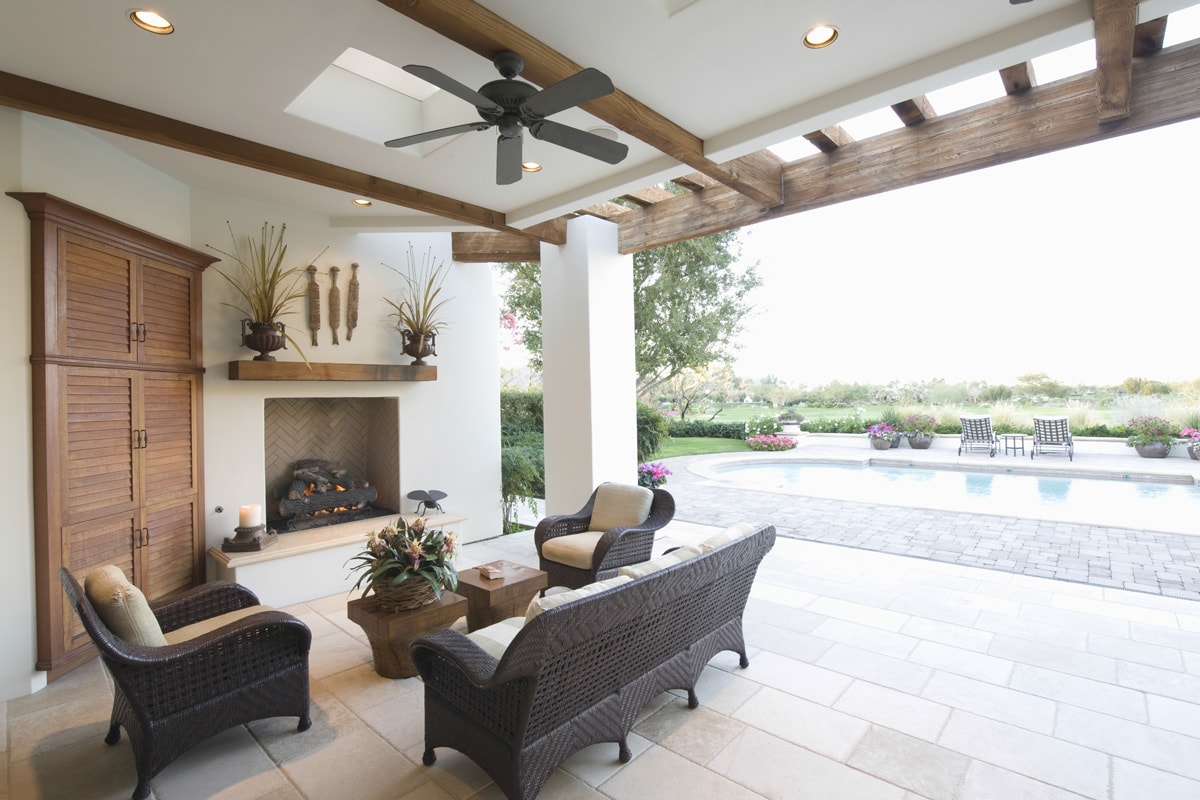
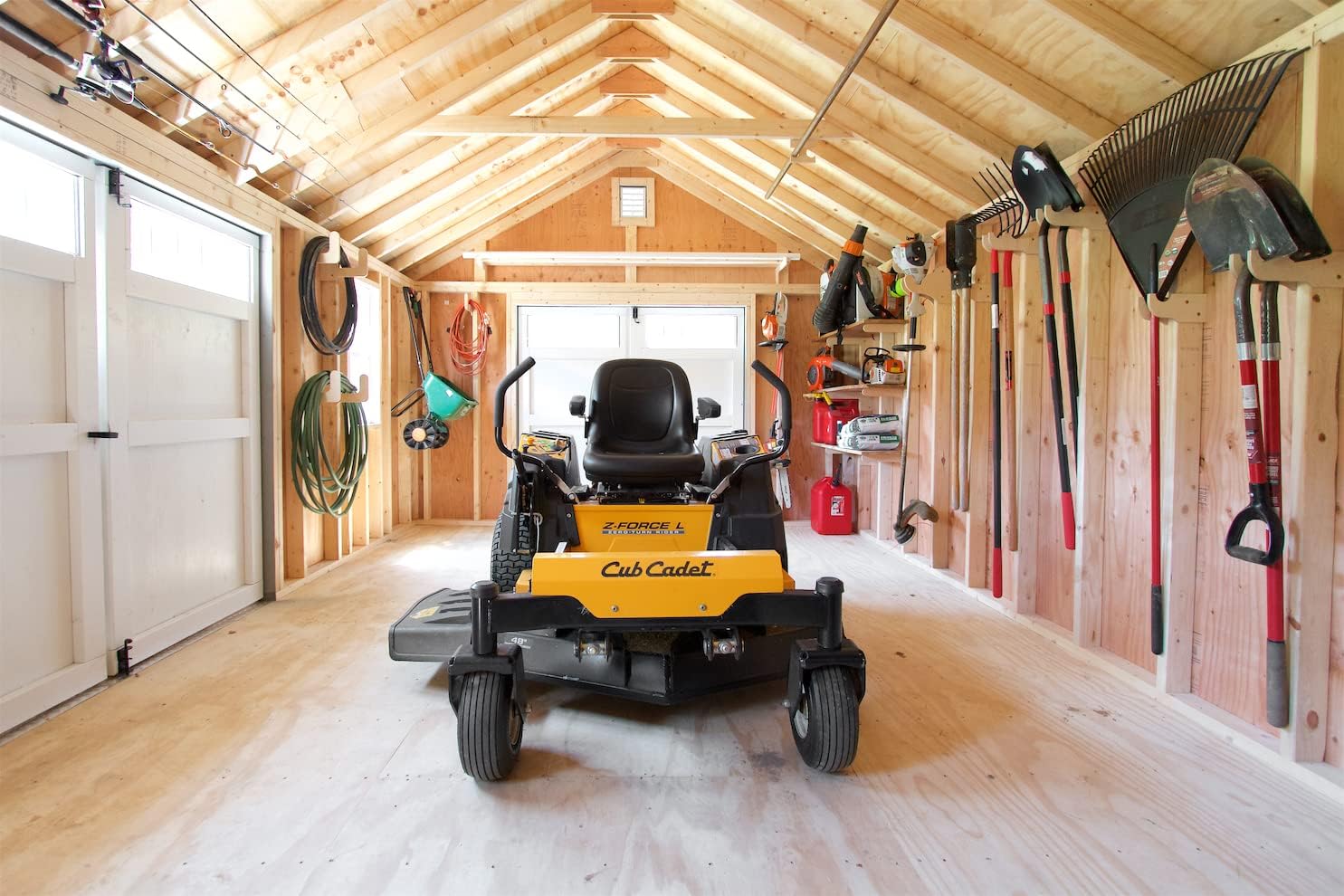
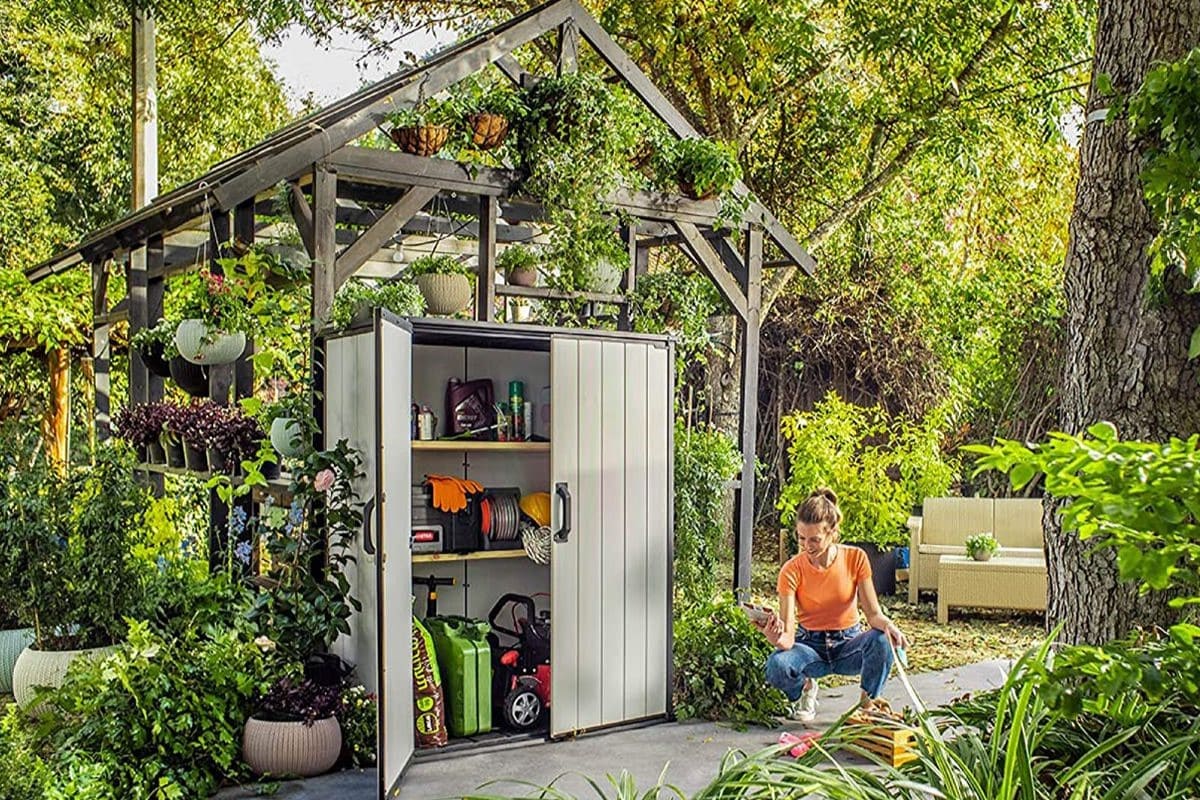
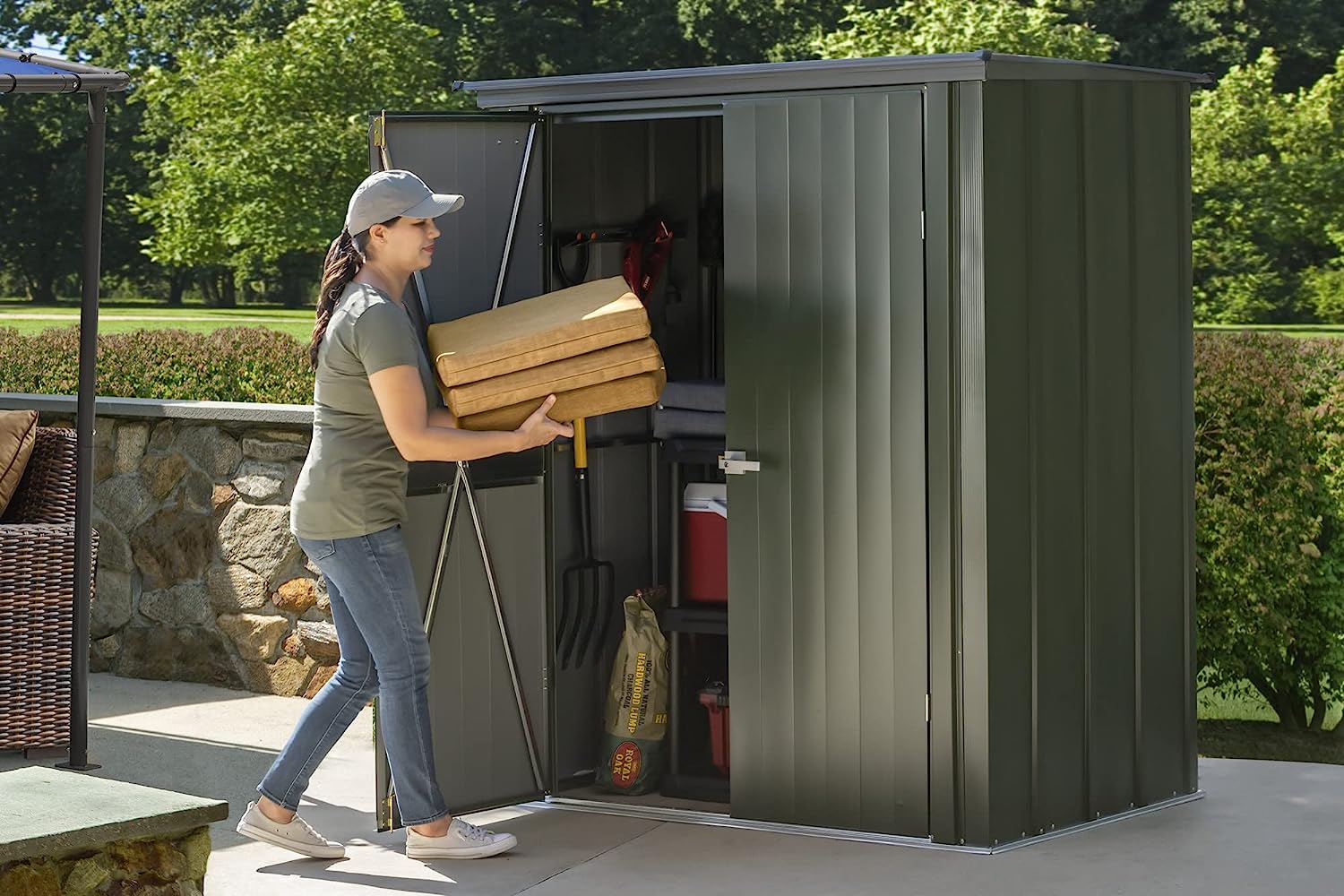
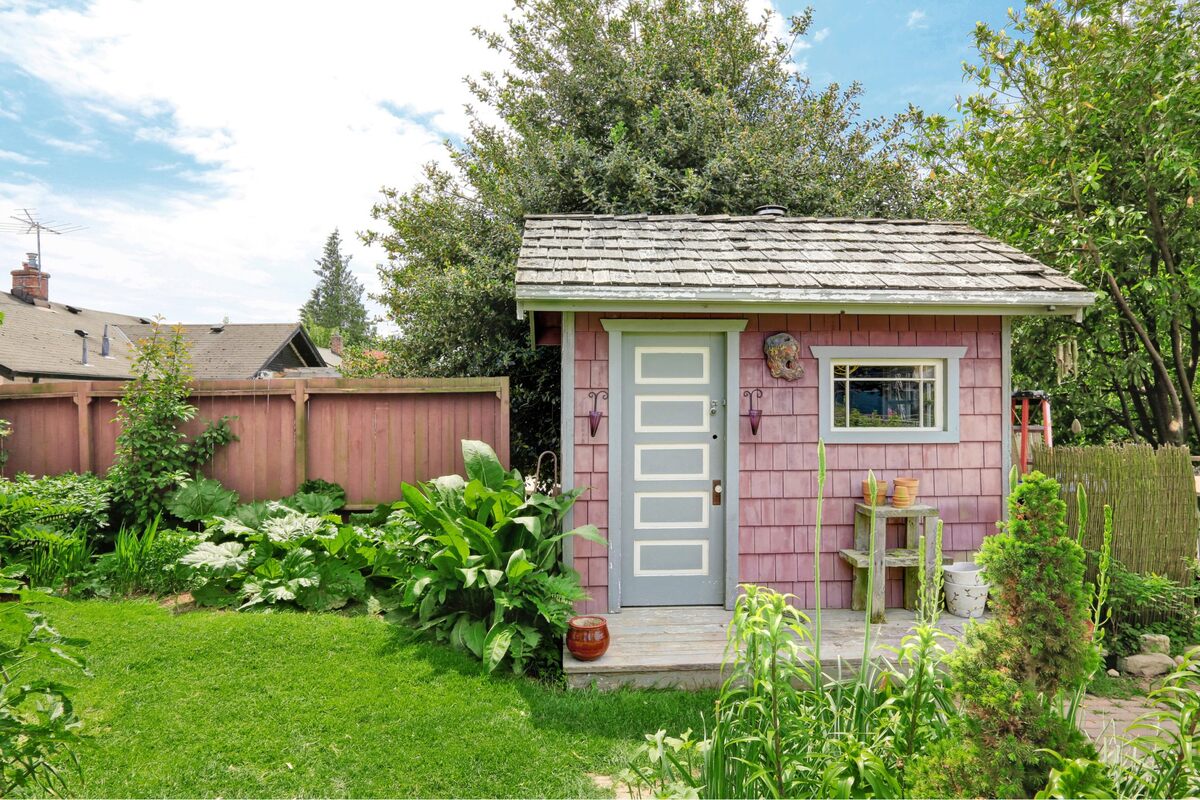
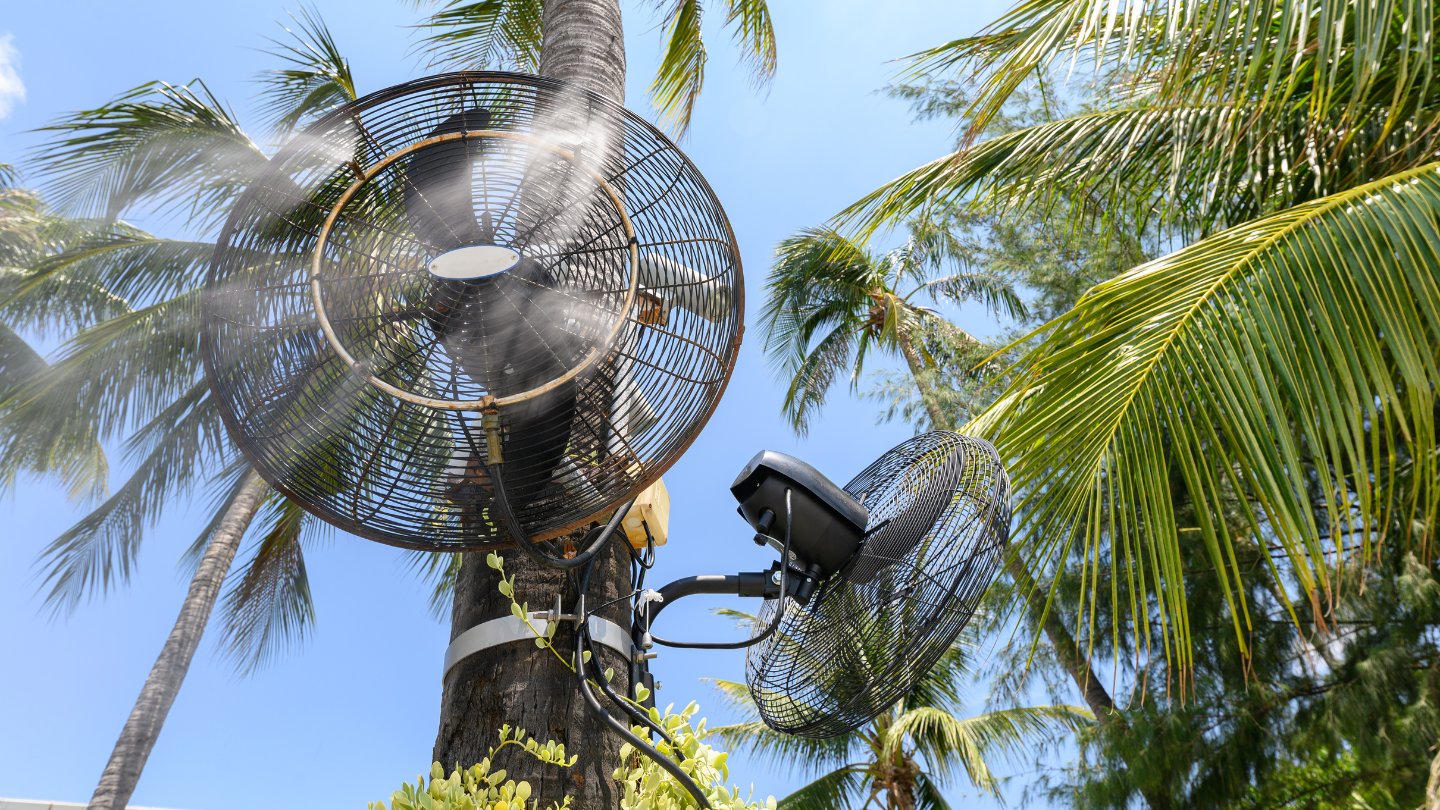
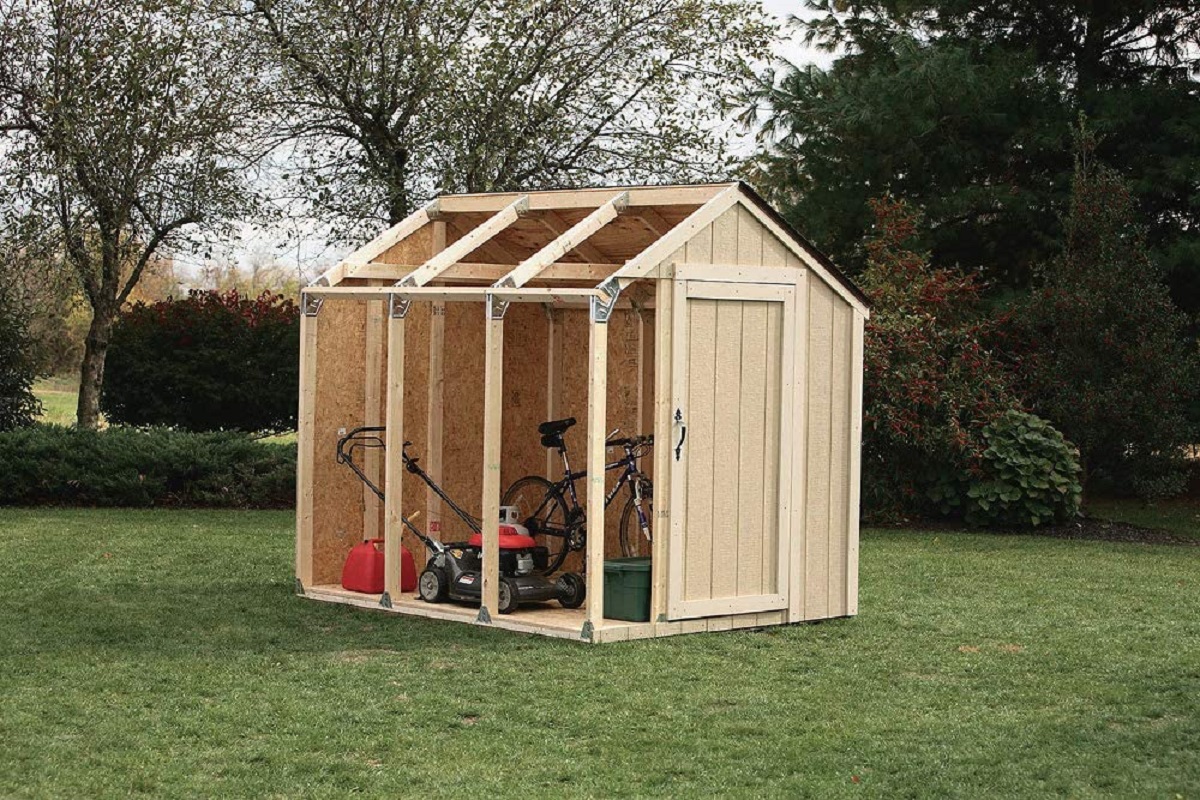
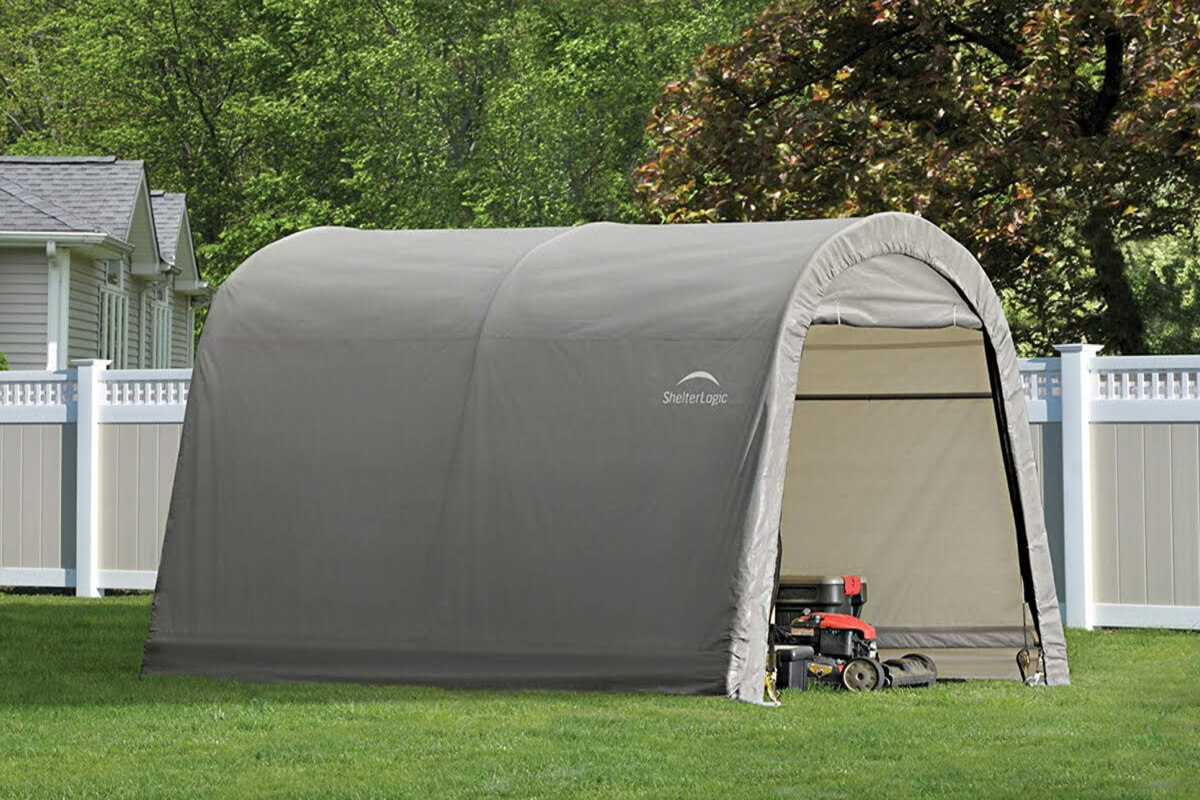
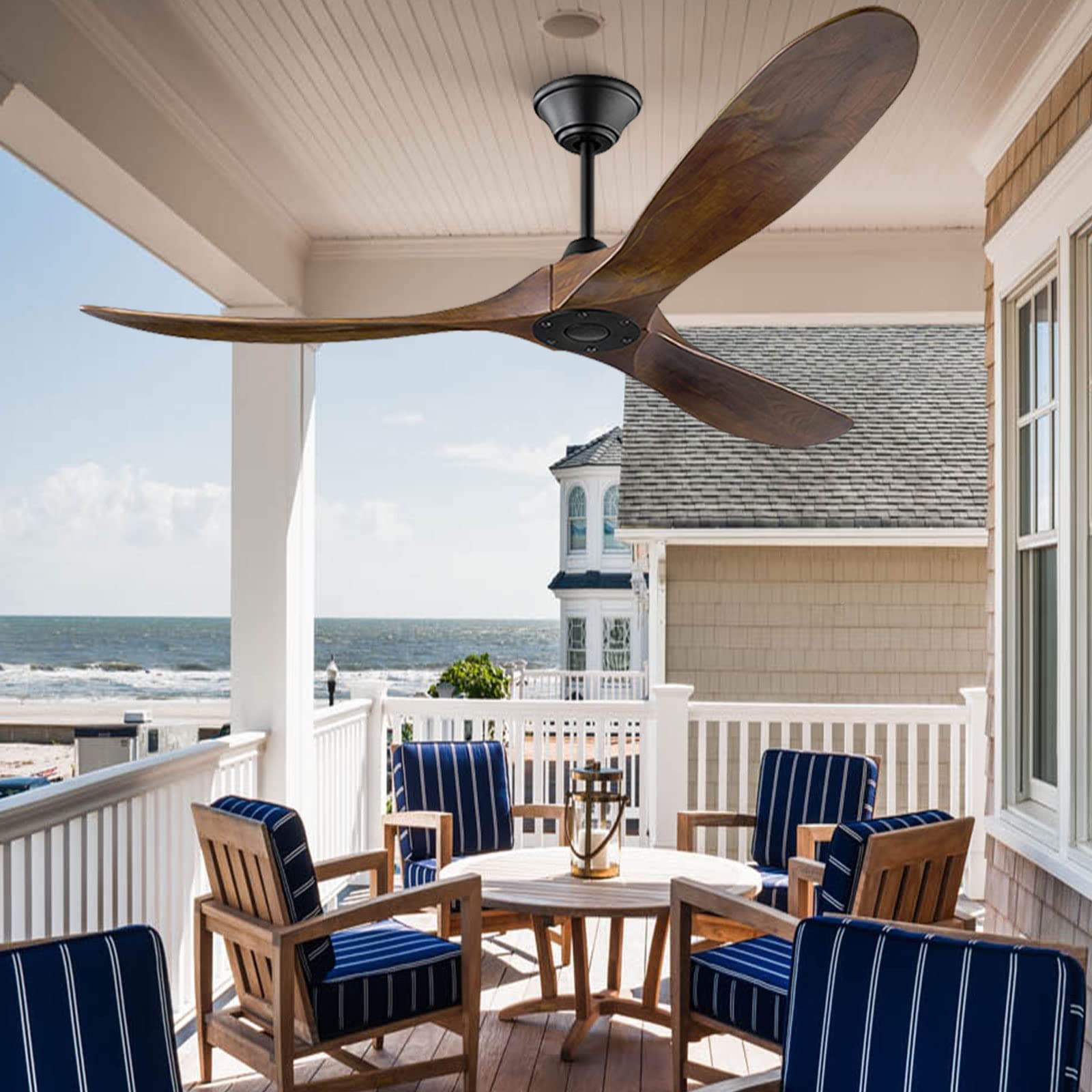
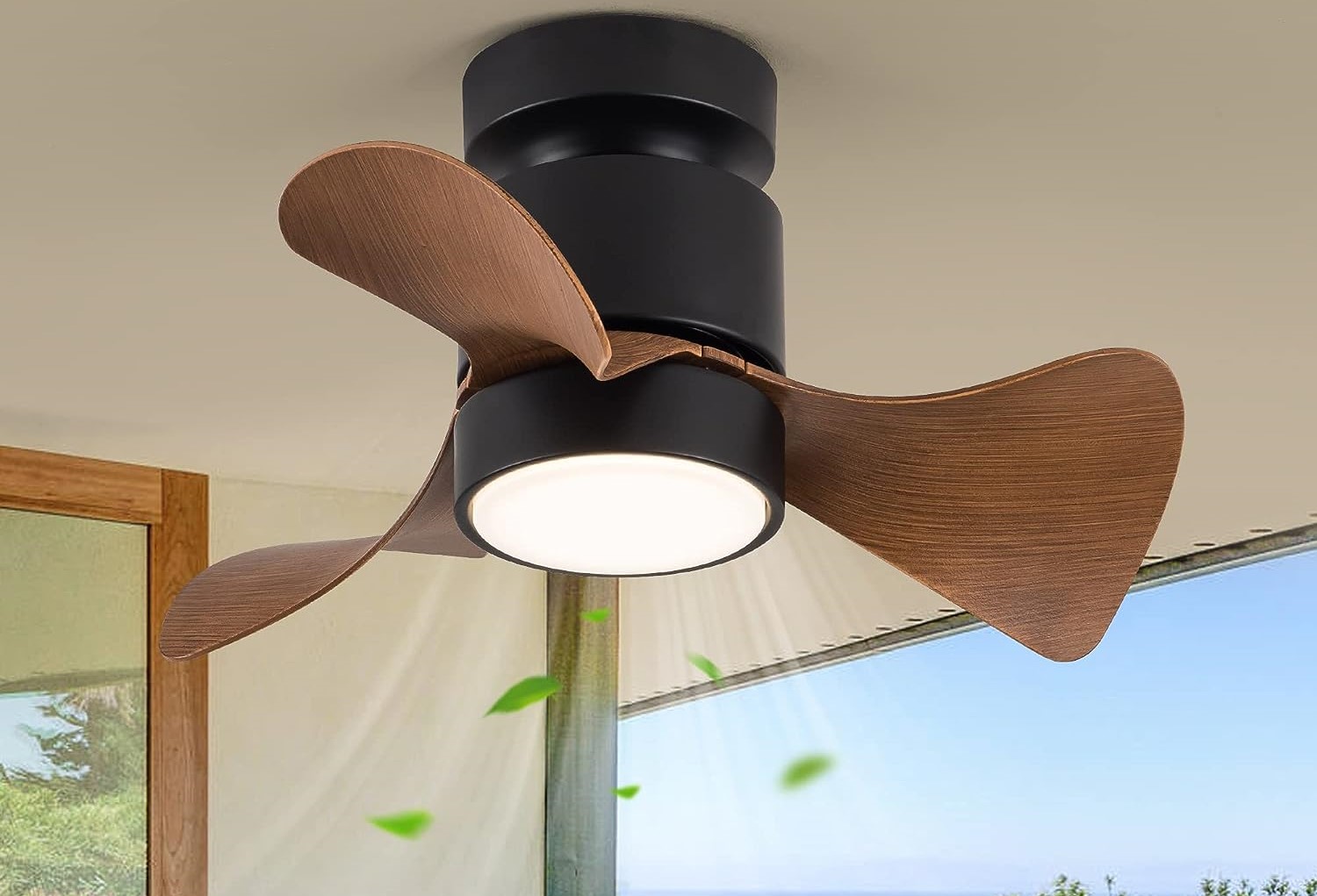
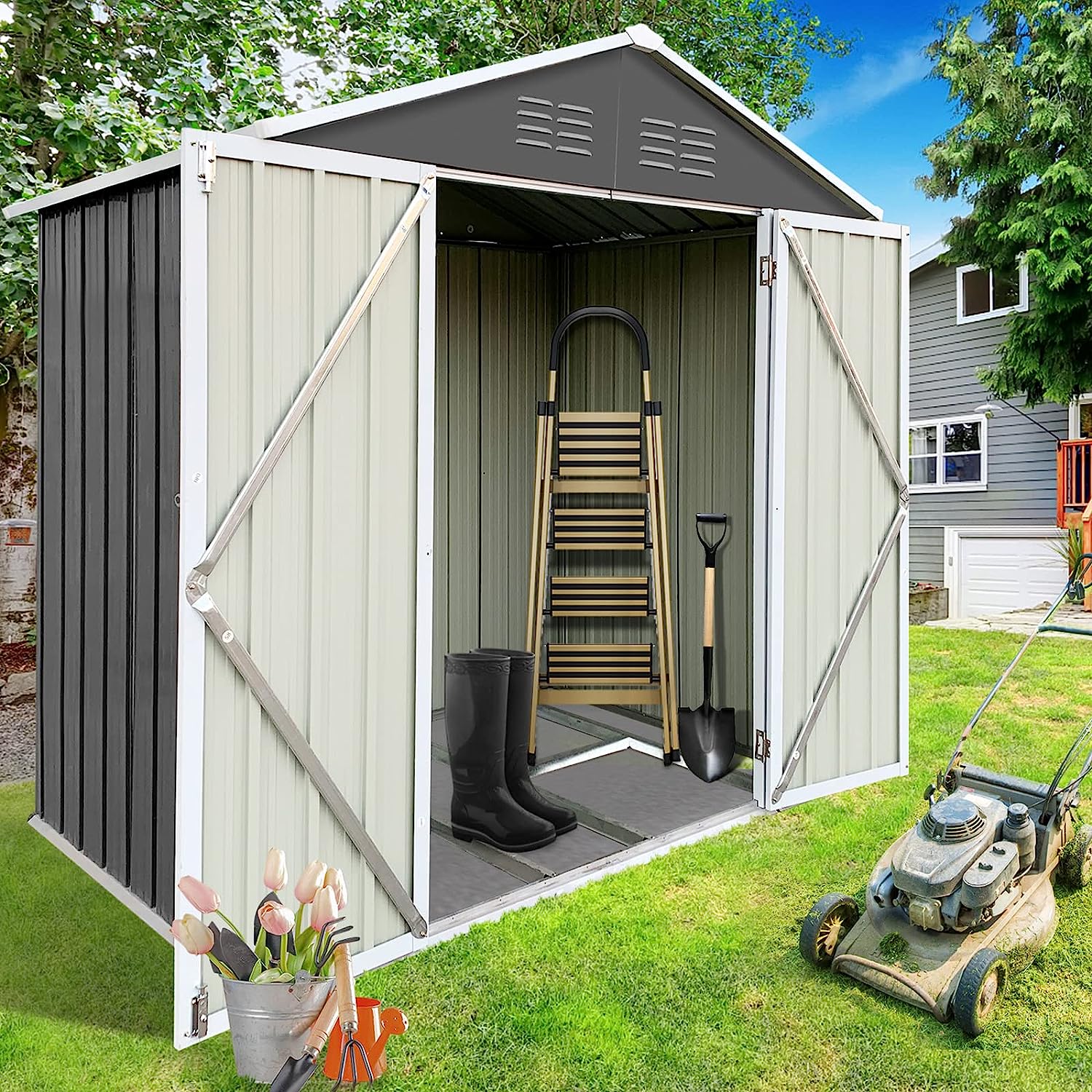
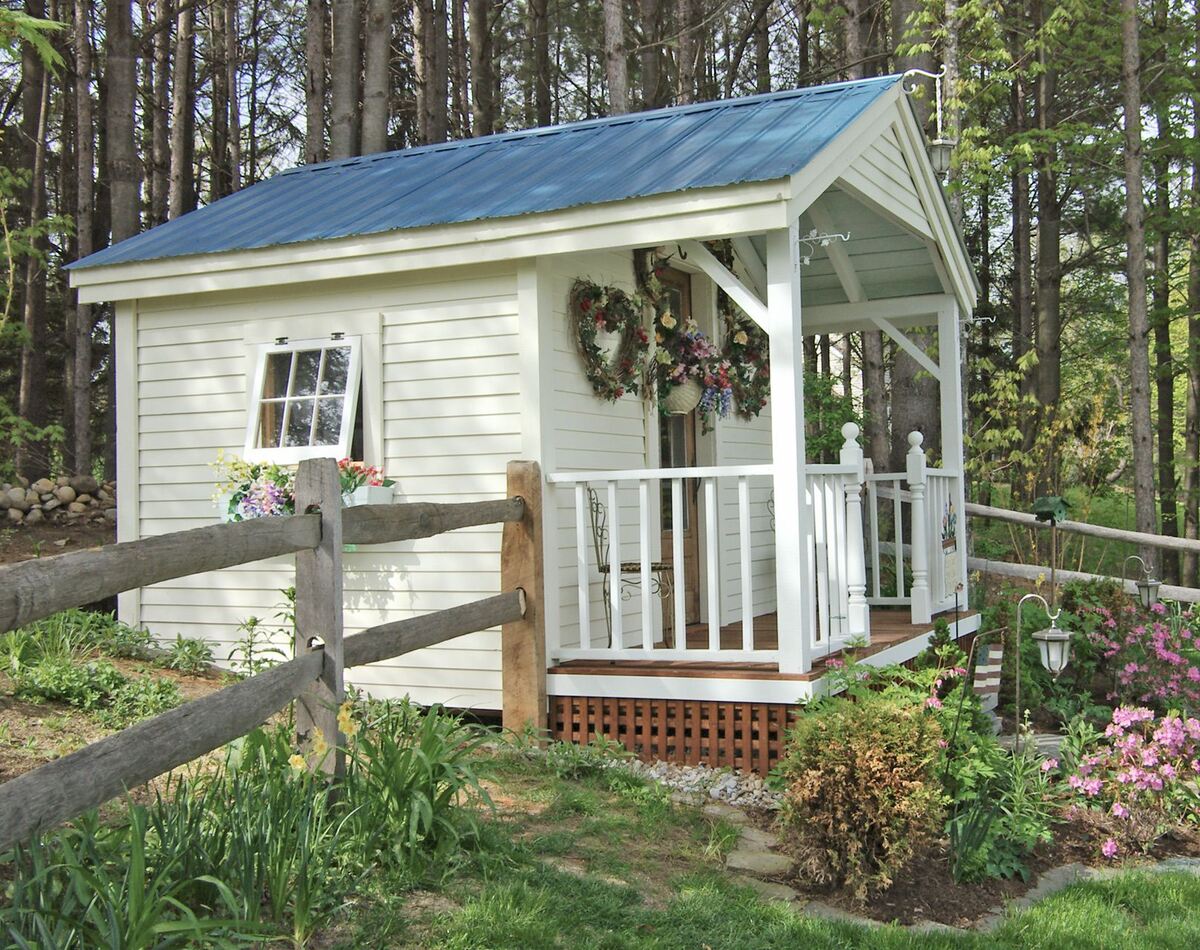

0 thoughts on “How To Cool Outdoor Shed”